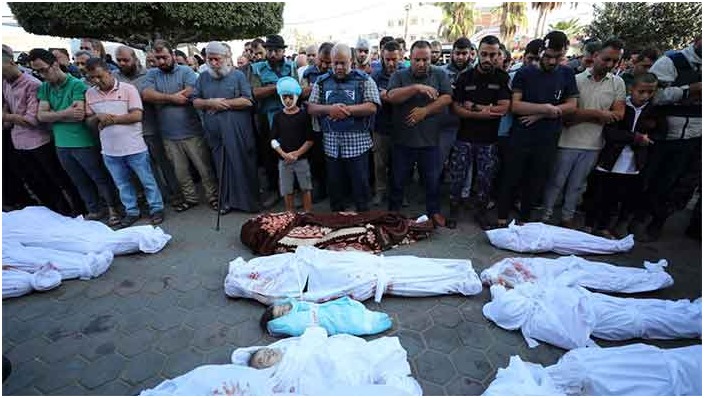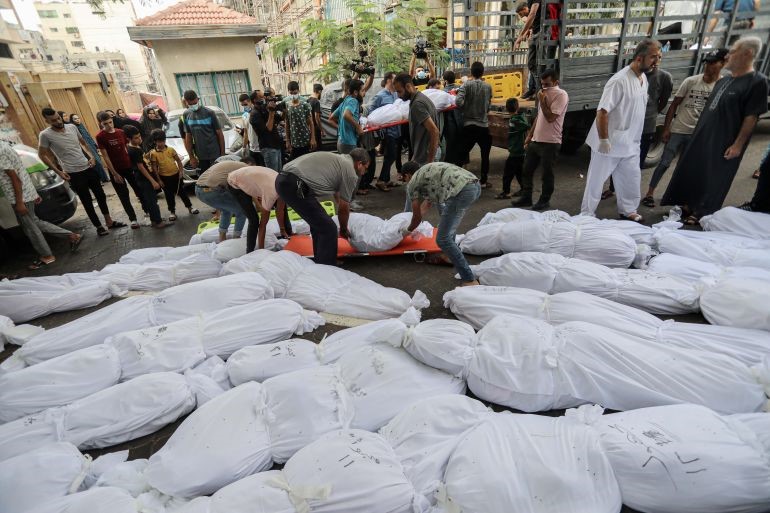Why has India given Rupees 7 billion to ‘Balochistan Liberation Army’?
0 comments | by admin

India has spent Rs 7 billion to run an anti-Pakistan campaign in Geneva, Switzerland and that the campaign has originated from Canada. Talking with reference to the anti-Pakistan posters in the Swiss city, Haroon said the Baluch Liberation Army (BLA) last year started getting anti-Pakistan articles published in Canadian newspapers.
India got anti-Pakistan advertisements published in Geneva through a company, which according to him, was paid through money laundering.
Pakistan has come in the crosshairs of an Indian campaign which aims, if not to Balkanise it, to destabilize it to make it a weak and satellite state
Earlier on 18th September, a strong protest was lodged with the Swiss ambassador over Swiss authorities permitting the use of its territory for propaganda by elements linked with the Baluchistan Liberation Army (BLA), a “terrorist organization which is perpetrating terrorism and violence in Pakistan”.
It was also underlined that the ‘Free Baluchistan’ posters in Geneva’s had been sponsored by a group linked with the BLA, which has been prescribed by Pakistan as well as some other countries for its violent actions in Baluchistan. India has long been involved in the largest resource-rich province of Pakistan. On March 3, 2016, a serving Indian officer named Kulbhushan Yadav was arrested by Pakistani authorities inside Pakistani territory. Through him, Pakistan was able to smash a network of separatists who wanted to split Baluchistan away through violent and non-violent means.
Tamil separatists in Sri Lanka are another example. Indian aided and funded the infamous Tamil Tigers in the 1980s in an express aim to subdue the independent policies of Sri Lanka The blueprint is known as the “Kao Plan”, had two major aspects: to create insurgency in East Pakistan, abet it to separate from Pakistan and also incite the Baluch to rebel and declare independence. Indira Gandhi who was elected as Prime Minister in 1968, was thrilled with the “Kao Plan” and appointed RN Kao as RAW’s first Director General and gave the go-ahead for phase one. Baluchistan has long figured in Indian designs for Pakistan. Following the failure of India to subdue Pakistan in the 1965 Pak-India War, RN Kao, a Director of the Intelligence Bureau (IB) of India was tasked to create a blueprint for the dismemberment of Pakistan..
The Bangladesh operation, beginning with sowing seeds of dissension, the creation of Mukti Bahini and under its cover sneaking into East Pakistan for guerrilla operations to blow up bridges and other installations, damaged the morale of Pakistani troops and paving the way for a separatist victory. In 1973, RAW was tasked to create unrest in Balochistan, in the execution of Phase two of the Kao Plan. RAW became active and chaos, mayhem, terror attacks and demands for independence were raised by some Baloch leaders. However, the Shah of Iran was against the Baloch insurgency due to its impact on Iranian Balochistan and he sternly warned India to desist from abetting terrorism in Balochistan. This warning was enough to wreck the phase two of the Kao Plan.
Baloch separatists are not the only ethno-nationalist force being exploited by New Delhi. A campaign for a separate Sindhi nation has long been waged by Sindhi immigrants based in India. Baloch separatists are not the only ethno-nationalist force being exploited by New Delhi. A campaign for a separate Sindhi nation has long been waged by Sindhi immigrants based in India. Most of these separatist undertaking violent actions were based in Afghanistan often under the protection of the pro-Indian government.
On January 14, 2017, an Afghan activist by the name of Daud Khattak launched the ‘Pashtunistan Liberation Army’, an armed group along the lines of the Balochistan Liberation Front and the Sindhudesh Liberation Army. He did so while stationed in New Delhi and requested that global powers, including India, help the liberation of the region.
On 17 January, Police in Gilgit Baltistan busted a terror cell sponsored by the Indian intelligence agency Research and Analysis Wing (RAW) to sabotage projects related to the China-Pakistan Economic Corridor (CPEC) and generate anti-Pakistan feelings in Gilgit-Baltistan. Police arrested 12 workers of the Balawaristan National Front(BNF) from Yasin Valley of Ghizer district and seized a lot of weapons during a raid.
Shah of Iran was against the Baloch insurgency due to its impact on Iranian Balochistan and he sternly warned India to desist from abetting terrorism in Balochistan. This warning was enough to wreck the phase two of the Kao Plan. New Delhi has often used ethnic disruption as a means to prolong its hegemony in South Asia. Aside from the Mukti Bahini in Bangladesh, the Tamil separatists in Sri Lanka are another example. Indian aided and funded the infamous Tamil Tigers in the 1980s in an express aim to subdue the independent policies of Sri Lanka. However, this plan backfired when the Tamil Tigers turned against their Indian makers. It later used another separatist movement called the Shanti Bahini in attempts to destabilize Bangladesh.
While New Delhi faces ethnic revolts all across its territory, it still uses terrorism and separatism as a means of power politics to mold the region in its image. Such attempts have accelerated in recent times owing to two major factors which are the rise of the extremist thought Hindutva to power in India and the project of CPEC in Pakistan. India fears a stronger Pakistan emerging due to the benefits of CPEC and has decided to use both violent and nonviolent measures to destabilize the country.
Pakistan has come in the crosshairs of an Indian campaign which aims, if not to Balkanise it, to destabilize it to make it a weak and satellite state. While foreign movements may have little impact on domestic politics within Pakistan yet they can readily become a bane to both foreign investment and international policy.





